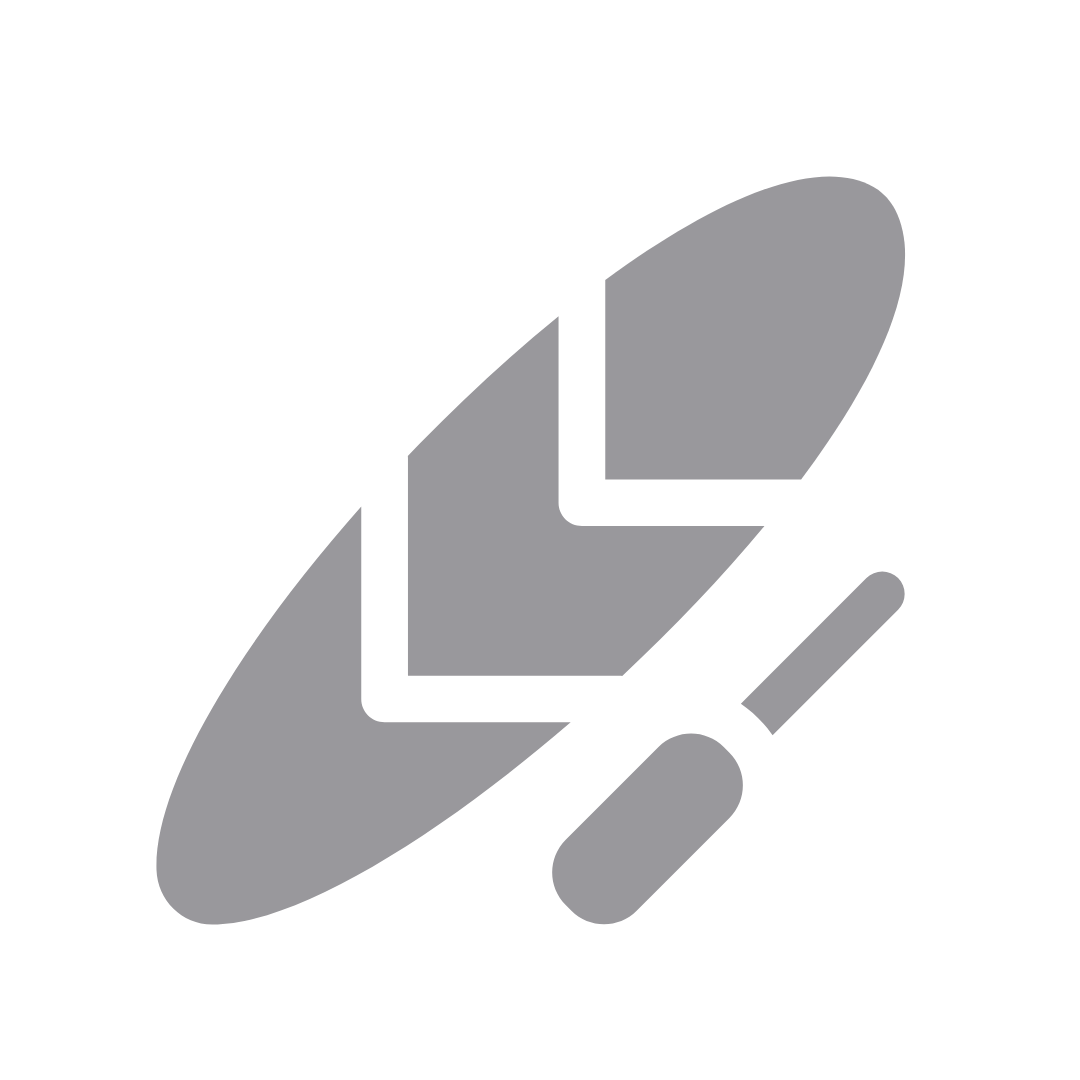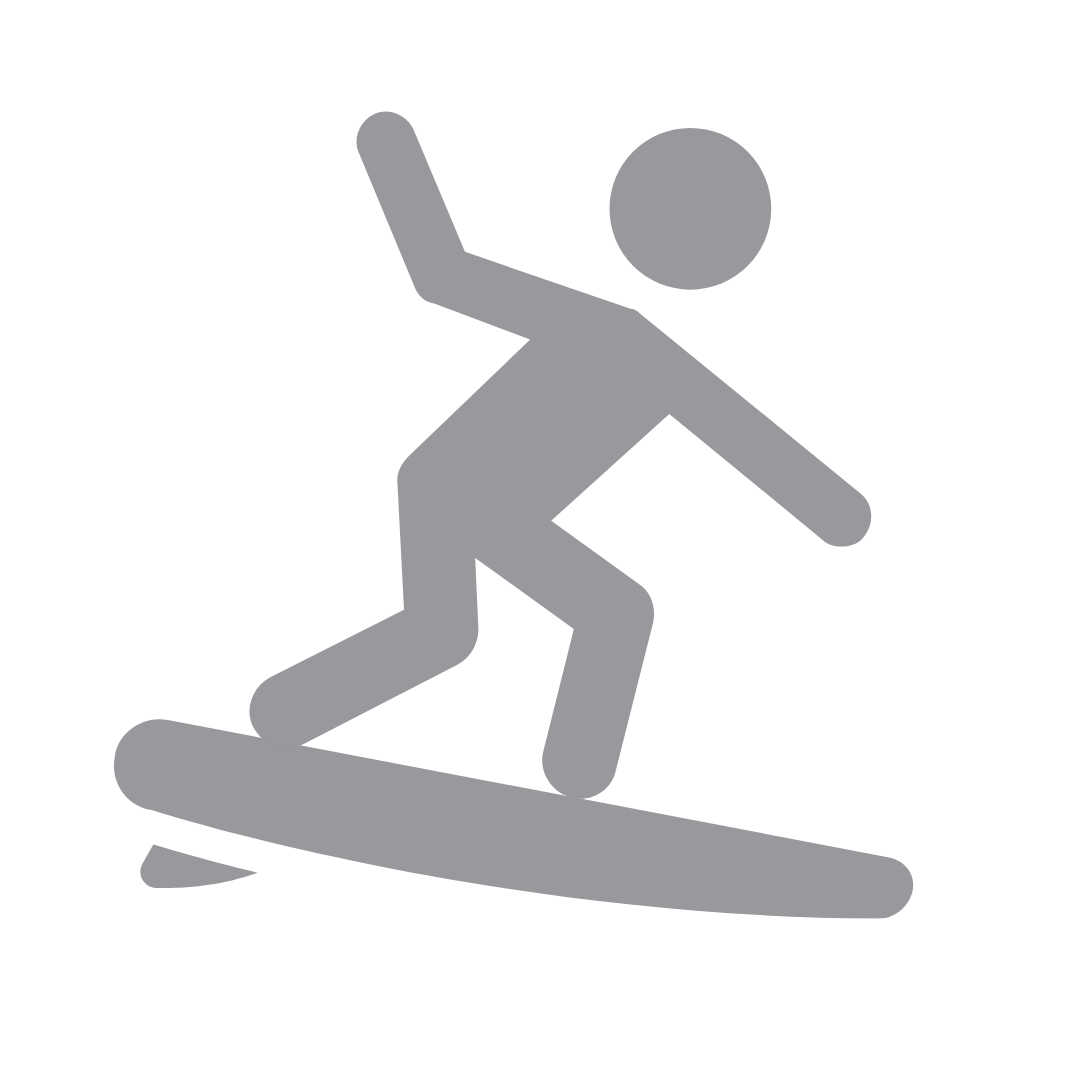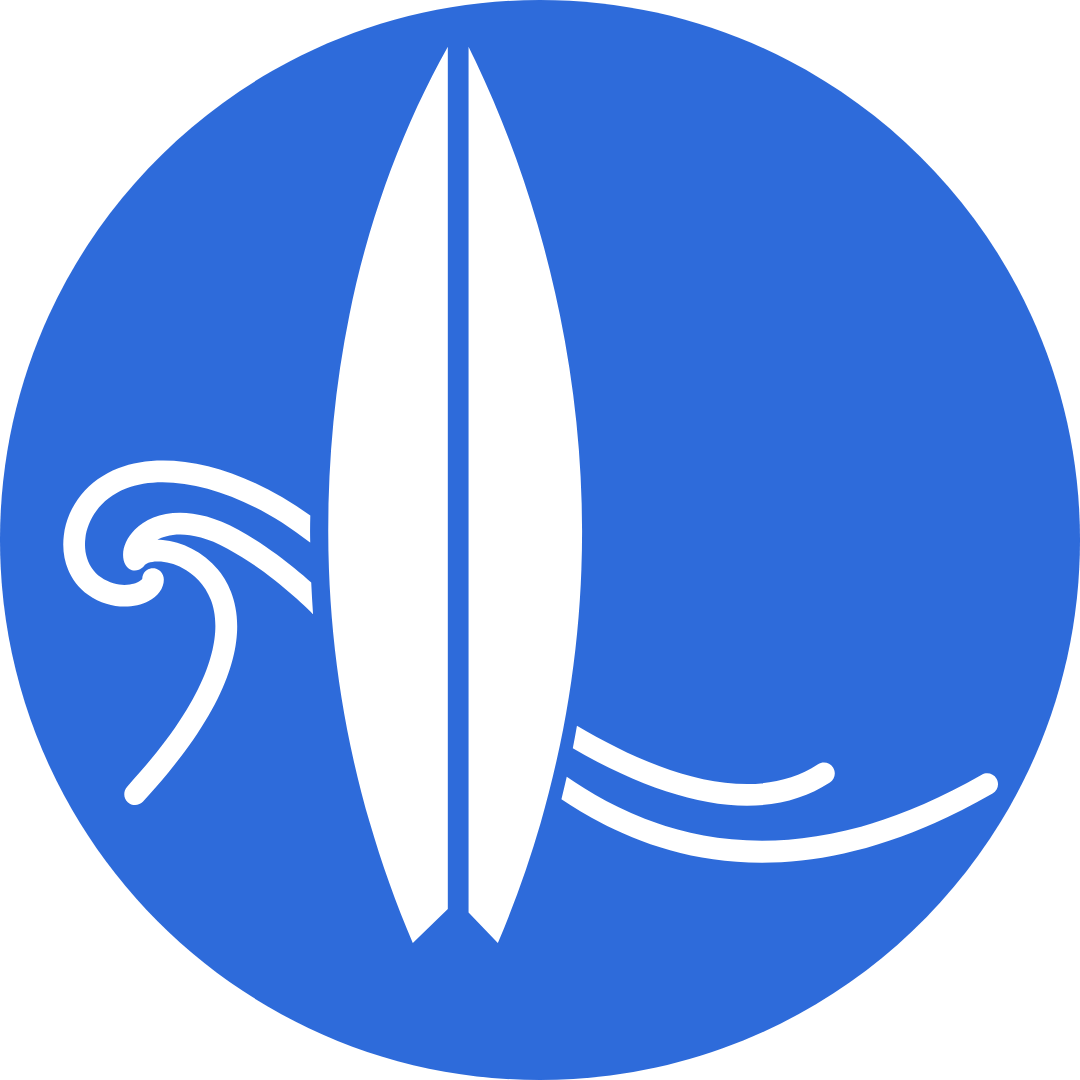Posted by Jeb Brinkley | 01.09.2024 | Learn To Surf, Uncategorized
A Basic Guide to Surf Forecasting
If you’re a beginner surfer, no matter your age, you likely just show up to the beach when you have the time and just paddle out whenever you want to surf. I remember when I was still learning, nearly 20 years ago, I would surf any time my family went to the beach, no matter the conditions. The result is you are quickly able to manage a variety of conditions, but it also results in getting skunked more often than you’d like.
I don’t think I knew about resources like WBLiveSurf, or other online forecasting tools, until I was in high school, about 8 years into my surfing journey. With the live cams you can at least know what to expect before loading up to head to your local surf spot, but even these tools only tell you what is happening in the lineup at the present moment. There is a bit of effort and research that needs to happen in order to effectively plan a surf session later in the week, and I’m here to share the basics of that process!
Now, you have to come into this with at least a little knowledge on your favorite surf spots, simple things like the best tide for that location, or the direction the beach faces to account for wind direction. If you know these two things, you can make a pretty accurate estimate of when the prime time to surf will be during any swell.

Onshore winds will ruin any possibility of surf, as depicted here.
First things first, how to see when the swell is on its way. There are some social media accounts that will post when they think a significant swell is on the way, but the goal is to be self-sufficient. Most of these accounts are relying heavily on Windy.com, a free website that shows wind, wave, and weather conditions in real time. On the free version of their site you can watch projected ocean conditions up to 10 days in the future, they even have multiple satellite models to view so you can compare. Simply switch the site to swell/waves view, and follow the color coded key to see when the swell begins to see more activity around your section of coast. If you get the hang of it you can even start to find where major swells originate and track them leading up to their arrival to your local spot.

When the wind goes offshore, that’s when you want to be out there. You can also tell an offshore wind from other directions by watching if spray comes off the back of the wave as it is here.
The second most important factor will be wind speed and direction. Forecasting gets a little more nuanced here, but I’ll do my best to keep it simple. The best wind is an offshore wind, meaning the wind is blowing from the mainland out to sea, moving perpendicular to the shoreline. Offshore winds will groom the faces of the surf and can even slow down rapidly breaking waves. The worst wind is onshore, which is blowing the opposite of offshore, moving from the sea to land. Onshore winds make the ocean look like a jumbled mess, often causing waves to break all at once or in a way that makes them virtually unrideable. The middle ground is side shore wind, that moves parallel to the shore in either direction. While a side shore wind may not cause unsurfable conditions, it will increase the intensity of the long shore current and will affect the shape of breaking waves. Wind speed will play a factor in all wind directions, but generally any time the wind is below 5 kts you won’t see a drastic change on the surf conditions. You can use Windy to track wind conditions in a specific area as well.
Third factor is actually a few factors brought together, but they’re all centered around wave size. As you gear up to surf, check Windy or the NOAA
National Buoy Center to check swell height and period, this will give you a better idea of how big waves will be when you arrive, especially when the live cams don’t do the size justice or it’s too dark to see. These two numbers can be a little confusing, but essentially the swell height is the measurement of individual swells from the lowest point to highest point, and then the average is taken of all waves measured in an hour. Swell size is a good indicator, but it does not reflect the sizes of breaking waves at the beach, which can be bigger than the swell height. Swell period is the average distance between two waves, measured in seconds, as they pass the buoy, and is the best indicator of how much energy is in an individual swell. Generally, the east coast sees short to medium period swells, and a typical swell period reading can be anywhere between 5 seconds and 12 seconds. A long period swell will have a minimum period of 15 seconds. A swell period will reflect the distance a swell has traveled through the ocean, and its maximum potential energy output. Therefore, a shorter swell period indicates a lower maximum energy output and a weaker wave in general, while a longer period is the opposite. Smaller swells with longer swell periods can produce breaking waves that are much bigger on the beach than they are when measured offshore, while short period swells will generally hold true to their original measured size. An example of the difference between the two would be that a 3ft swell at 6 seconds is actually smaller than a 2ft swell at 18 seconds, because the longer period swell holds a lot more energy potential.

This is a screengrab from Windy depicting a SW wind, which is side-offshore in Wrightsville Beach.
There are a lot of variables that go into an epic day of surf, and just one of these variables can make a session go from incredible to a washout. Hopefully, this guide will save you a trip to the beach on a not-so-great day because you are able to accurately pinpoint the best window of opportunity. Again, there is more to learn than just the above, but most additional knowledge you will have to gain through experience, and this will get you started. I wish that someone had told me at 7 or 8 years old how to check a surf forecast! Happy surfing to everyone, stay safe out there, know your limits, and get some good ones for us at WB Surf Camp!

This is what your NOAA buoy readings for wave height will look like.







 RENTALS
RENTALS LESSON
LESSON CAMPS
CAMPS ABOUT
ABOUT SHOP
SHOP